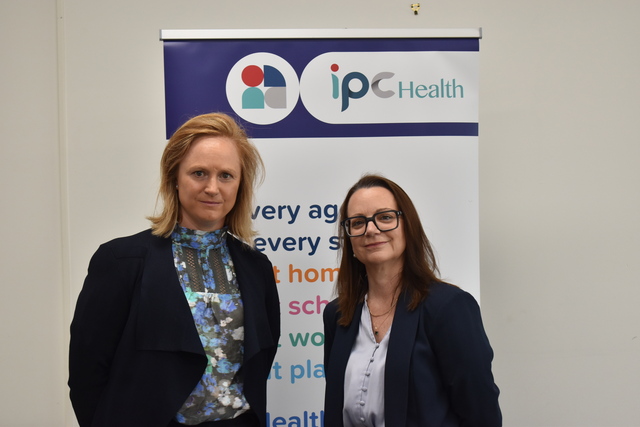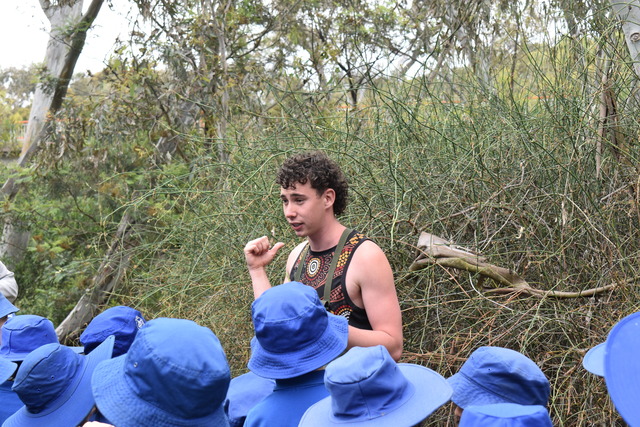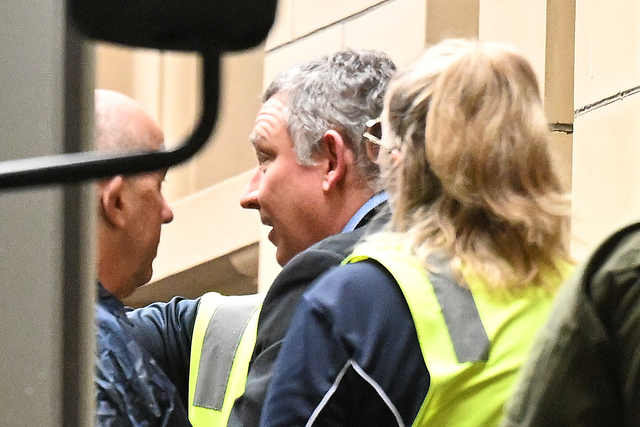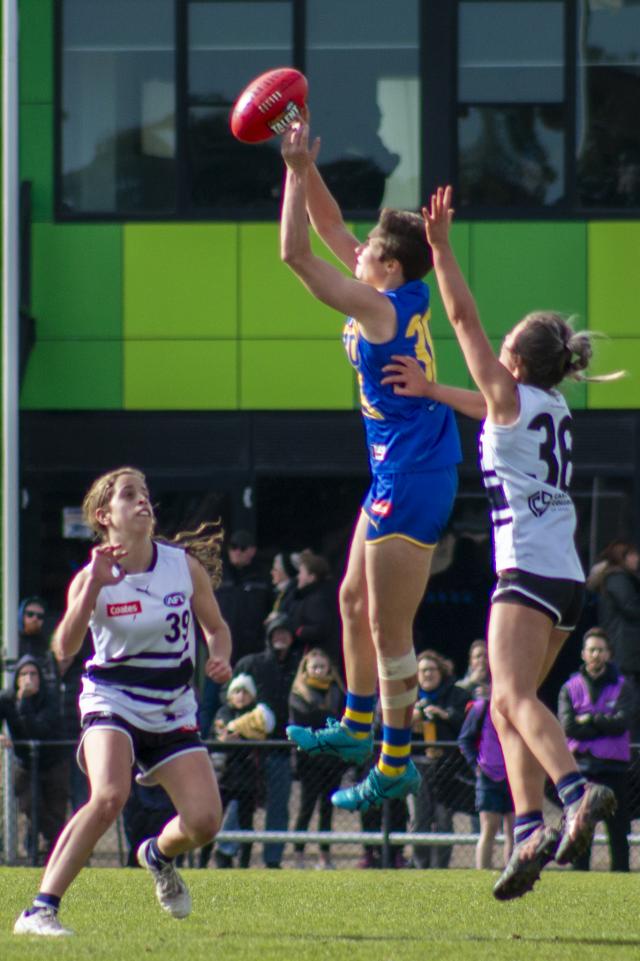Sunshine and St Albans residents are among the people most at risk from heatwaves, research reveals.
A heat vulnerability map, compiled by Monash University, identified eight Melbourne suburbs most at risk of health stress based on factors including lack of tree cover, housing types and the age, health and socioeconomic status of residents.
Sunshine and St Albans are at the top of the vulnerability index because of a higher concentration of elderly residents and households in which English is not the primary language.
Professor Nigel Tapper, of the Co-operative Research Centre for Water- Sensitive Cities, said a lack of green space was “fundamental” to Sunshine and
St Albans being on the list.
“That’s why Greening the West is really important,” he said. “You have some great initiatives, like stormwater harvesting, and great people involved.”
Greening the West is a collaborative project involving western suburbs councils and government organisations, which aims to improve public health by increasing tree cover.
Monash University’s research found that Sunshine West, Sunshine North, Kealba, Kings Park, Derrimut and St Albans also rated highly for heat-related ambulance callouts between 2002 and 2010.
Water-Sensitive Cities chief executive Tony Wong said providing green spaces and landscape water could reduce health risks. Research shows that during a heatwave, a person’s temperature can be up to 18 degrees lower in areas with tree canopy shading.
“City planning and urban design should be guided by these heat-vulnerability maps,” he said.
“We should be planning more green spaces and planting more trees in the high vulnerability areas.”
Brimbank paramedic Emily Bassett said senior residents were especially at risk.
“There are a lot of elderly people in Brimbank,” she said.
“Too many don’t have air-conditioning or forget to open up their homes at night, or don’t keep up their fluids.”
» mappingvulnerabilityindex.com/home/melbournevi






